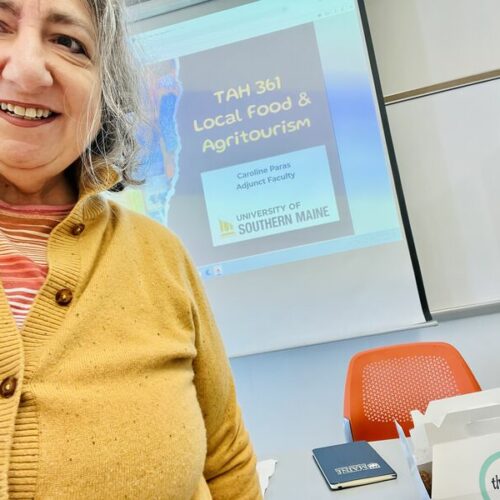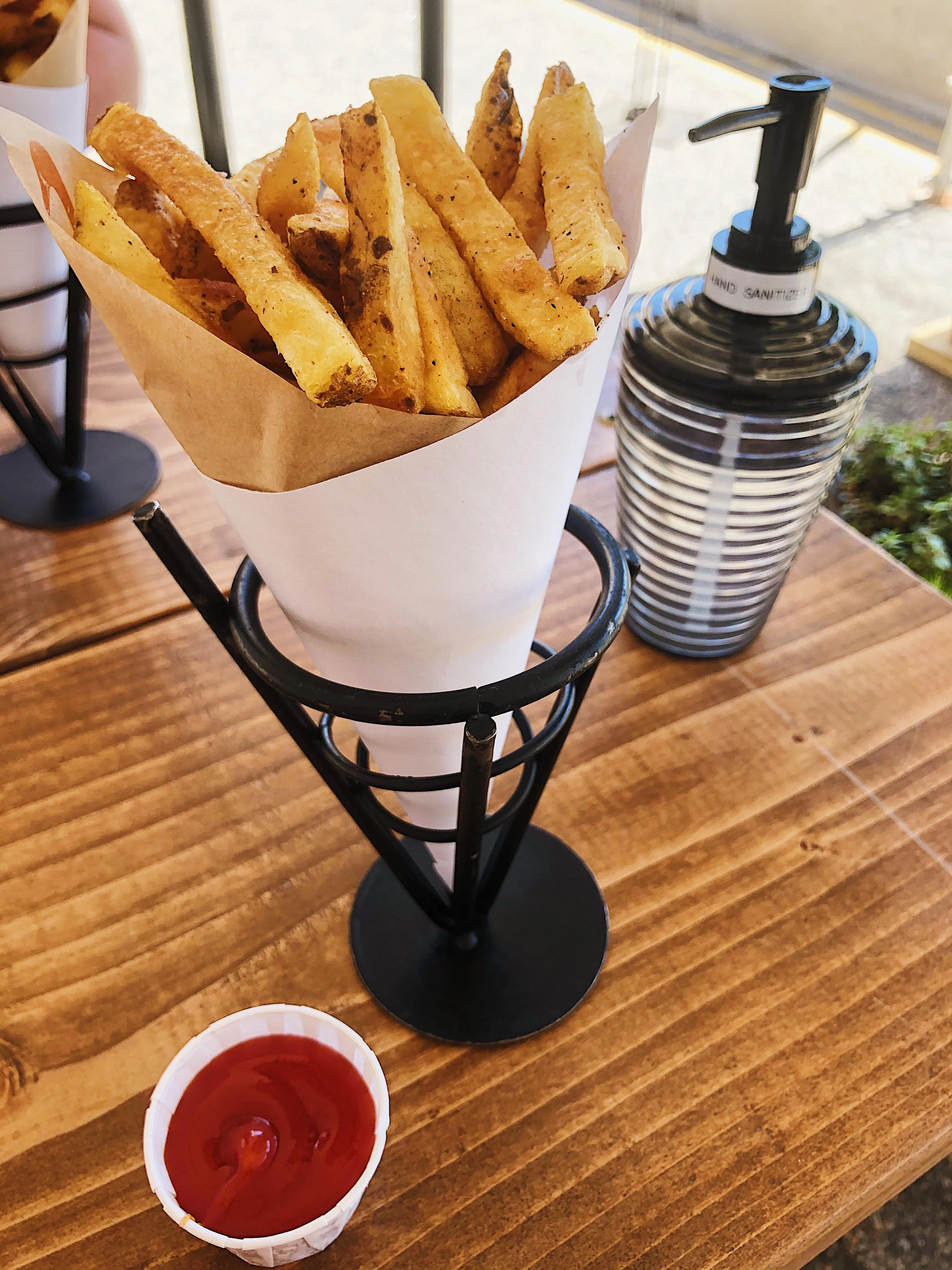In 1992, Boomers Douglas Levin and Abby Carter began making smoothies from their Scarborough basement one blender at a time. Branded with the whimsical Fresh Samantha label, their line of two dozen fruit and vegetable juices became a bona fide hit with Generation X at college campuses, gyms, and select grocers along the East Coast. By 1999, Fresh Samantha was earning $25 million in sales, or $48 million in 2024 dollars. Fresh Samantha’s rise was meteoric; its fall a textbook case of consolidation’s ruthless efficiency. By 2000, it was purchased for $27 million by Odwalla, whose first action was to shut down the Saco plant. In 2001, Odwalla was purchased by Coca-Cola for $181 million, where it enjoyed a two-decade run before elimination in favor of sports and energy drinks.
With a limited shelf life, juice is a capital-intensive industry requiring a continuous cold chain, hot or cold pasteurization, and an automated bottling line. In 2024, the industry raked in $15 billion in the U.S. alone. According to a 2021 investigation by The Guardian and Food and Water Watch, 46.7% of the juice market is controlled by just four firms: Keurig Dr. Pepper, Kraft Heinz, PepsiCo, and Coca-Cola. With $160.4 billion in revenue, the latter three rank among the world’s 10 largest food brands. When four firms command 40% of the market, what follows is not vibrant competition but a corporate bottleneck that curbs affordability, suppresses wages, and stifles consumer choice.
Rather than changing business practices, multinational corporations prefer to purchase disruptive startups whose products they can place at eye level by flexing their distribution muscle. Acquisitions help them masquerade behind quirky brands with compelling values, like plant-based ingredients and sustainable packaging, along with B-corp, fair trade, non-GMO, and organic certifications. Meanwhile, they maximize profits through production of conventional products linked to economic, public health, and environmental challenges; slotting fees that outbox local brands from prime shelf space; use of high-fructose corn syrup, which promotes obesity and Type II diabetes; deforestation to clear land for production of cocoa, coffee, and other commodities; monoculture production of single crops like corn and soybeans that deplete soil health from prime agricultural land; contamination of clean air, soil, and water in emerging economies; and dependence on petroleum-derived single-use plastics that threaten marine life. The Federal Trade Commission (2024) found that the world’s largest food manufacturers turned pandemic-induced disruptions into a windfall—jacking up prices under the guise of necessity while amassing record profits for shareholders. For 80% of the items in your weekly shopping cart, it is oligopoly, not capitalism, that rules.

Image courtesy of Rosemont Market
“You don’t see a whole lot of innovation from conglomerates except an occasional new flavor,” says Mark Law, CEO of Rosemont Market, a locally owned grocer with six stores in Greater Portland. “But innovation is forced on the independent. As soon as that guy sells to Pepsi and the ingredients are degraded, the prices drop, and it’s proliferated everywhere, we have to go find another one. We’re not going to carry it.”
You won’t find Pepsi on Rosemont’s shelves. But you will find grãze, a line of cold-pressed juice from a Northport farm owned by Kate Hall. Echoing the healthy qualities of Fresh Samantha, grãze employs UV pasteurization to preserve the superpowers of ingredients like beetroot, ginger, pomegranate, spinach, and turmeric, extending its shelf life to three weeks compared to smoothies made to order.
Rosemont prides itself on generating 60% of its annual sales from 100+ local suppliers, compared to 5% for conventional supermarkets and 22% for co-ops. By contrast, New England Feeding New England’s Local Food Count (2024) discovered that just 3.4% of Maine’s $12.76 billion demand for food is fulfilled by local products, a huge gap from the state’s goal of 30% by 2030. According to the USDA, 44% of all local food is purchased at grocery stores, where convenience is the deciding factor.
“We’re doing such a high percentage of local because we work with a lot of very small producers,” explains Law. The supply chain’s complexity requires Rosemont to “think of ways to get local products in our doors,” including picking them up, breaking big loads into small batches, receiving products bimonthly, and accepting the farm’s floor price even if it lowers their retail margin. “It’s always moving and shifting based on the season. That lack of standardization is really a benefit to farmers.”
By contrast, producers that want to break into Hannaford face a higher level of standardization, such as biweekly delivery and commodity pricing. But the benefit is scale. A local product with the right fit can be distributed in one store or 68, with an average of 10. Kimberly Kuusela, local merchandising specialist for Hannaford’s Shop Local program, notes that Maine stores stock more than 2,200 local products from 300 suppliers—an impressive showing, yet still accounting for just 4% of annual sales.
Yogurt is an oligopoly with four companies—Danone, Chobani, Group Lactalis, and General Mills—controlling 76.4% of the $8.1 billion U.S. market. Like juice, yogurt is capital-intensive, requiring a continuous cold chain. Increasing the development of cold storage facilities serving multiple tenants is a tangible priority outlined in a recent study. Based on stakeholder forums, interviews, and strategy sessions conducted by Focus Maine, Cultivating Prosperity: A Strategic Plan for Growing Maine’s Food Economy (2024) outlines 103 recommendations organized around seven themes to build Maine’s $2.8 billion food economy.

Image courtesy of The Milkhouse
The Milkhouse, a 280-acre farm in Monmouth, is one of 20 dairies left in Maine that process their own milk. Their USDA-certified organic yogurt proudly wears its place of origin on the label.
“The Maine brand carries so much weight,” says co-owner Caitlin Frame. “So many people visiting the state for environmental or recreation reasons seek out unique foods made in Maine.” This is validated by the University of Maine (2023), which found that U.S. consumers are willing to pay 22% more for Maine-branded products.
“For us to continue to thrive, we need other farms to exist,” explains Frame. “There will be a tipping point if there are too few farms.” Maine retailers and producers understand that their survival—and that of the land itself—hinges on a delicate dance of independence and interdependence, a shared commitment to quality that defines the state’s rural identity. As consumers, we must vote with our wallets and buy local.














